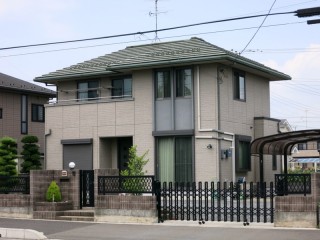Loading
Search
▼ Architectural structure of houses likely reduced quake damage
- Category:Other

THE JAPAN NEWS
By Shinji Aso / Yomiuri Shimbun Staff Writer
Architectural structures aimed at withstanding heavy snow may have helped fewer houses collapse in the earthquake that struck northern Nagano Prefecture late Saturday than in previous quakes of similar intensity in the nation.
Experts said the specific type of shaking that occurred is also likely to have reduced damage from the quake, which measured lower 6 on the Japanese seismic intensity scale of 7.
In Hakuba, where the quake measured upper 5, about 190 buildings were damaged. Of this number, 80 houses and barns were destroyed.
In the Mikkaichiba district of Hakuba, home to about 40 households, the first floor of some houses collapsed, bringing the second floor and roof down on top of the first floor. The outer walls of some earthen storehouses also fell to the ground, but other houses in the same district stayed up.
The buildings that collapsed are believed to be mainly older wooden structures. In the Kamishiro district on the south side of Hakuba, 17 people were injured due to the collapse of houses and other causes, but no one was killed.
“Houses in that area have thick pillars, and more pillars than in ordinary houses, to bear the weight of heavy snow. I think that kind of architectural structure must have reduced the quake damage to the houses,” said Reiji Tanaka, a professor emeritus at Tohoku Institute of Technology and an expert on seismic engineering.
University of Tsukuba Prof. Yuki Sakai analyzed seismic waves from Saturday’s quake and found that fine shivers in cycles of one second or less appeared strongly in the seismic waves.
Earthquakes produce seismic waves in various cycles. Seismic waves in cycles of one second or less are easy for people to feel, but they are believed to lack the power to knock down buildings. In contrast, seismic waves in cycles of one to two seconds will shake wooden houses violently.
“This earthquake had seismic waves in cycles of one to two seconds that were weaker than those in cycles of one second or less,” said Sakai, an expert on earthquake disaster prevention engineering. “I think this is the reason that relatively few buildings collapsed for a quake of this seismic intensity.”
- November 27, 2014
- Comment (0)
- Trackback(0)

